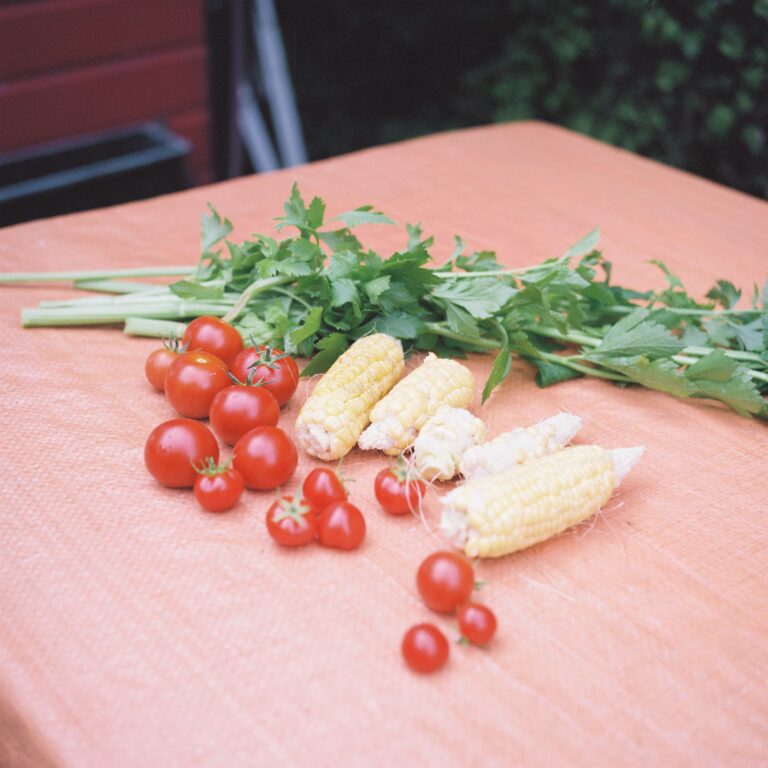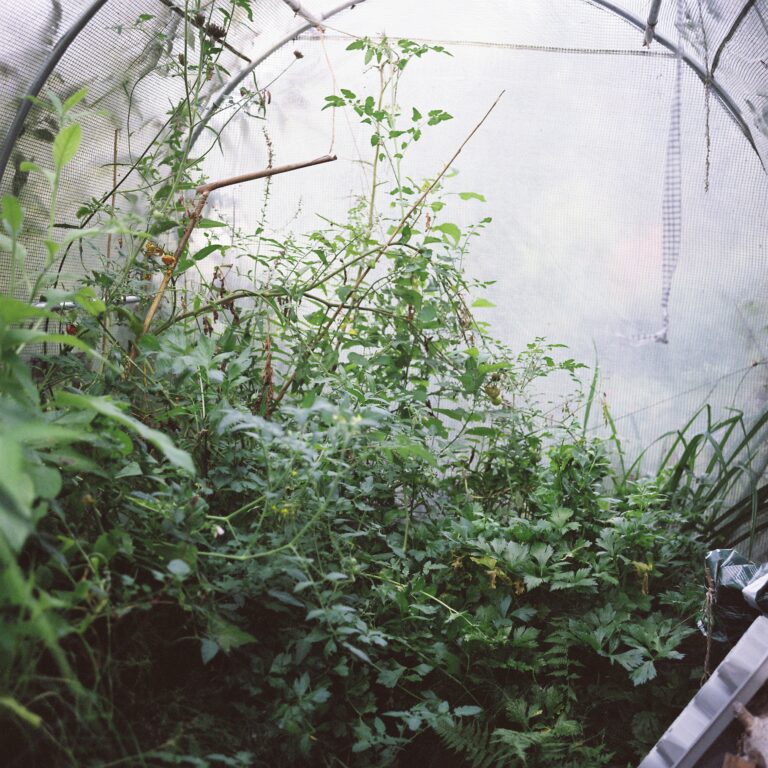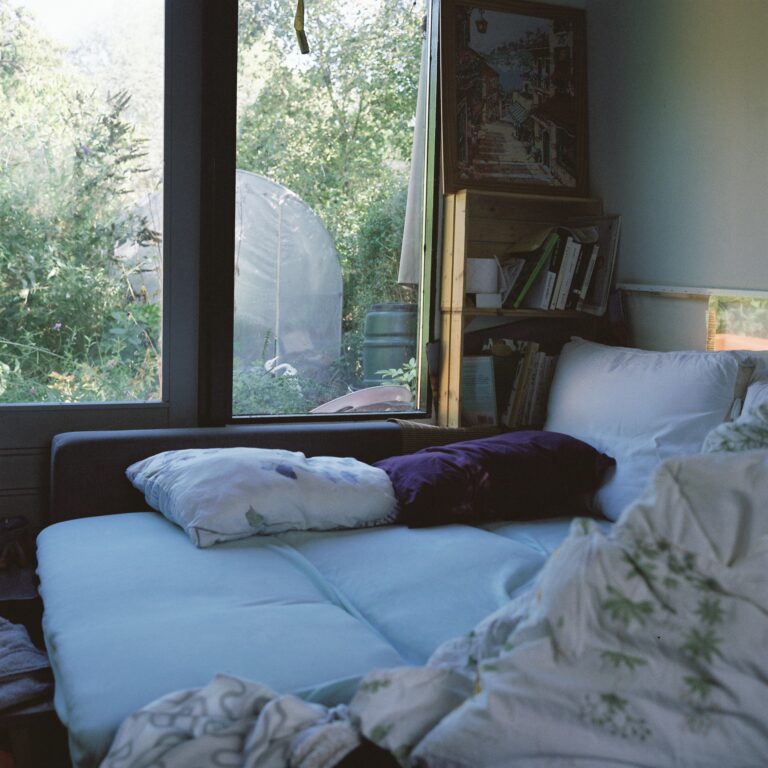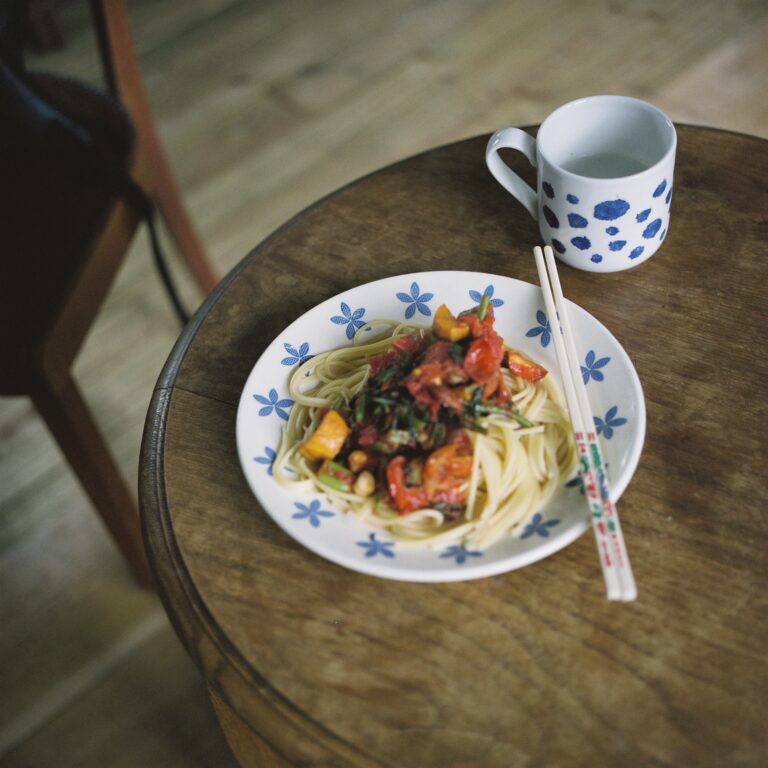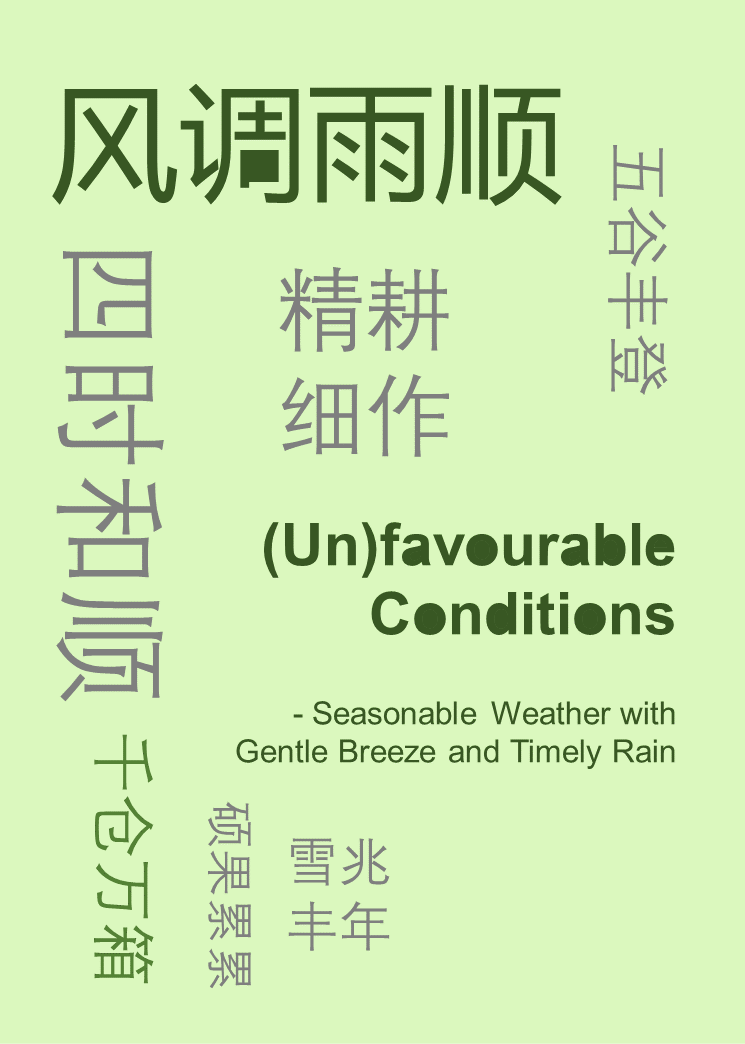Failing to Grow Chinese Vegetables in Volkstuin
Within two years of moving to Rotterdam, I decided to grow vegetables that are common in daily life in China. At first, I only had windowsills and a small west-facing balcony. Later I got an allotment garden (volkstuin, in Dutch) on the north side of the city right next to the highway. I laboured to look up the Latin names of the Chinese vegetables and ordered seeds or seedlings from nurseries and seed suppliers in Europe. I managed to get about twenty to thirty varieties of vegetables that I loved but were unavailable in markets.
After a few years of trials and errors, my agriculture production, which started ambitiously, resorted to courgettes, tomatoes, aubergines, corns, and celeries… all of them common vegetables in Dutch supermarkets. They are common here for good reasons. My vegetable-growing connection with my homeland failed, because, for obvious reasons, the climate is very different between the two places. But it was not so obvious at the start. The Netherlands tends to have mild winters – only a short period of freezing time, which is similar to Wuhan. It rains often in Rotterdam. Wuhan has monsoon (mei yu season). Apart from the cold winter and rainfall, I did not think of the other possible devils in growing vegetables.
As it turned out, the lack of light is the worst problem, among the long list of problems encountered. The extreme points are important, but the time length is as important. Compared to Rotterdam, where the winter period outlasts the other seasons, Wuhan’s summer (when defined by Dutch standards) outlasts the rest.
During my research in the vegetable growing literature, I learnt that plants need at least 10 hours of daylight per day; otherwise, they become dormant. I checked the length of daylight across the year in Rotterdam. From Oct 26 to Feb 15 – nearly four months – the hours between sunrise and sunset are less than 10 hours. In Wuhan, the number of days with less than 10 hours of daylight is null.
This was a moment when I realised how far I had immigrated – from 30° 34′ N to 51° 55’ N. The differences are incredibly measurable, and the gap is crystal clear: 113 days vs. 0 days, the length of time when there is not enough daylight for vegetables to be awake.
